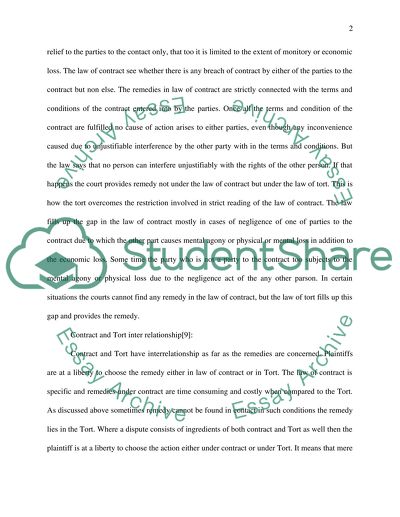Cite this document
(“Contract and Tort Case Study Example | Topics and Well Written Essays - 2250 words”, n.d.)
Retrieved from https://studentshare.org/law/1517351-contract-and-tort
Retrieved from https://studentshare.org/law/1517351-contract-and-tort
(Contract and Tort Case Study Example | Topics and Well Written Essays - 2250 Words)
https://studentshare.org/law/1517351-contract-and-tort.
https://studentshare.org/law/1517351-contract-and-tort.
“Contract and Tort Case Study Example | Topics and Well Written Essays - 2250 Words”, n.d. https://studentshare.org/law/1517351-contract-and-tort.


